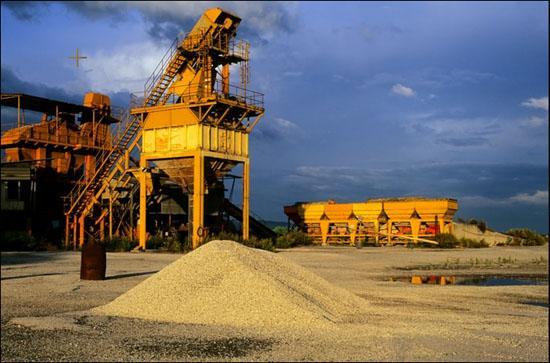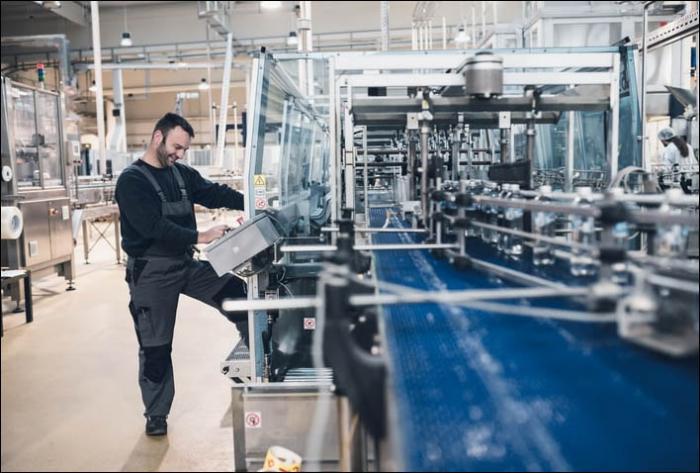5 Important Uses of PLCs in Manufacturing
Programmable logic controllers (PLCs) were invented in 1968 and have played a prominent role in manufacturing operations ever since. PLCs are essentially industrial solid-state computers that monitor inputs and outputs, and makes logic-based decisions for automated processes or machines. Although this technology has been around for sometime, it’s still very much of a part of today’s industries. Here are five common uses of PLCs in today’s manufacturing.

1. Wind turbine operation
PLCs are being used to help make wind turbines more efficient and experience less downtime. It’s crucial that wind turbines have accurate information regarding wind conditions to operate safely, as wind data is vital to record turbulence and protect the turbine. PLCs convert signals from the wind speed and direction sensors to better control the wind turbines. The data transmitted from the PLCs are also used for statistical analysis to predict failures before they occur.
2. The Smart Factory
The manufacturing process has become a lot more efficient thanks to the Internet of Things (IoT), intelligent automation, advanced robotics and other Smart Factory initiatives. Despite the rapid changes in technology, PLCs continue to play a vital role in manufacturing and act as a central processor for all real time decisions. For instance, a PLC sends robust data, including sensor performance and other data, that can be integrated with cloud computing to show a more holistic picture, i.e. a collection of “big data.” Analysis tools can then help plant managers and others to better leverage resources, batch scheduling of jobs, logistics, supplier timing and other functions that are critical to create more efficient manufacturing processes.

3. Cement manufacturing
PLC also play a critical role in cement manufacturing. The process involves mixing various raw materials and compounds in a kiln. A PLC program ensures the use of the right quality and quantities of raw materials during the mixing process within the kiln, in which it determines which output can result in the best possible quality.
4. Glass production
Since the 1980s, the production of glass is an elaborate process that involves the use of PLCs. PLCs are used mainly in every procedure and workshop for controlling the material ratio, processing of flat glasses and other steps in the production process. Because of the complexity of production, the process relies on bus technology (a distributed control network used in industrial automation) in tandem with PLC. This allows for the construction of the PLC control mode and additional data gathering that could not be accomplished with PLC technology alone.

5. Virtual modeling
Plant managers require virtual modelling systems in order to create an accurate floor plan. In doing so, manufacturers can improve their operations across their entire value chain, from design and engineering to sales, production, and service. PLCs can be used in virtual modelling to simulate how a new piece of equipment will perform when installed. That way, manufacturers can make the right adjustments for a successful implementation without resorting to costly changes.
PLCs are here to stay
PLCs have adapted well to modern manufacturing and automation systems. With no competitor on the horizon and solid fundamentals, it looks like PLCs and PLC programmers will continue to play an integral role in the manufacturing process. If you are interested in learning more about PLC programming and career opportunities, visit our careers page.
